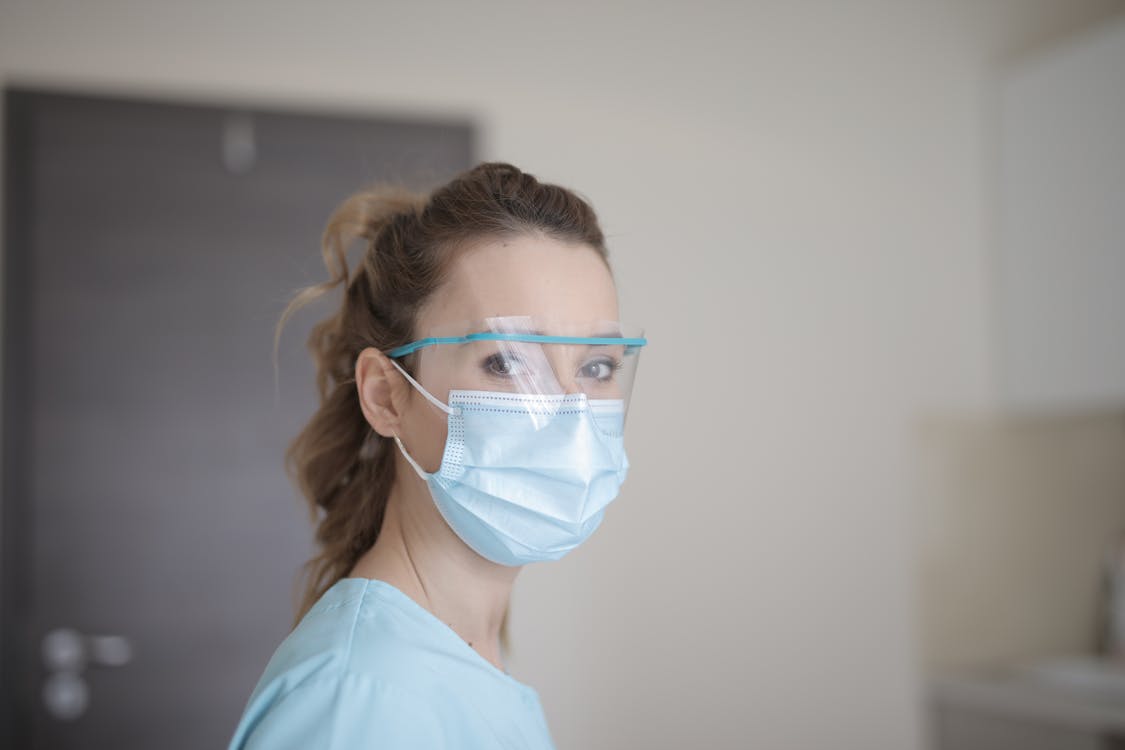
Technology is revolutionizing many modern fields of study, offering innovative solutions, bridging gaps, etc. For example, by helping nursing students meet the healthcare field's intricate requirements. Technology is revolutionizing nursing by providing innovative solutions, filling gaps, and preparing future nurses for the intricate requisites of the healthcare sector. Existing disciplines continually evolve to fulfill the dynamic demands of modern healthcare systems. Our article will explore how technology is reshaping education to address potential issues. If you are a student who often needs assistance with your papers on nursing and other disciplines, try a paper writing service to get help with complicated tasks.
The history of nursing education
Nursing programs have a rich history, often characterized by traditional teaching techniques that have evolved. Primarily, teaching took place within classroom settings. Lectures, textbooks, and chalkboard presentations were the core teaching tools. Applied expertise in healthcare environments, under the guidance of experienced nurses and pedagogues, has been a cornerstone of the study process in this industry. Interaction between students and educators was often bound to scheduled classes and clinical cycles and included genuine feedback and active participation.
Advantages of technological integration in nursing
The integration of technology into nursing education brings a lot of advantages. For example, gamified elements make learning fun and competitive. Simulated patient encounters and VR-based scenarios create realistic and challenging situations that engage students deeply with the content. Technology delivers immediate assessment feedback, empowering students to monitor their advancement and define areas requiring enhancement, boosting their motivation to succeed in their studies.
The main advantage of digitalization is that students have access to world wisdom and expertise, breaking down geographical barriers and making all materials accessible 24/7. Simulation training helps future nurses practice crucial clinical skills in a safe environment, reducing the risk to patients and enhancing their confidence. Moreover, one should remember the better work-life balance that comes with more flexible online learning.
Here are some examples of the use of technologies in nursing:
- Training through simulations
One of the types of study that brought nursing a significant transformation is the implementation of advanced high-fidelity simulators. Using mannequins engineered to mimic human anatomy and physiology closely brings an immersive experience beyond theoretical knowledge. Such simulators breathe, have heartbeats, and exhibit bodily functions. This realism allows future nurses to practice complex procedures like CPR, intubation, and medication administration as if dealing with patients. Such tools offer a secure and regulated setting for necessary purposes, reducing the risk of practicing on live patients. Many of them are equipped with sensors and software that provide instant feedback on students' actions. This feedback loop is invaluable for skill improvement, allowing students to refine their techniques in real-time.
Beyond the physical aspects of high-fidelity simulators, technology has also created realistic patient encounters in various forms. Nursing is as much about effective communication as it is about technical skills. Simulated encounters challenge students to communicate with virtual patients, improving their bedside manner and interpersonal skills. Simulations can incorporate scenarios involving diverse patient populations, helping students develop cultural competence and sensitivity.
Such tools prepare nurses not only for exams but with the confidence and skills needed for real-world clinical practice.
- Digital education platforms
E-learning modules have become fundamental resources for students. Such programs offer a wide range of online modules covering topics from anatomy and pharmacology to specialized nursing care. Such modules often include multimedia elements like videos, animations, and interactive quizzes to adjust to various learning styles. Being able to access these modules remotely, nurses can harmonize their studies with employment or family obligations, thus making education more accessible to students.
Many education platforms incorporate assessment tools that allow students to track their progress and receive immediate feedback from teachers. This iterative learning process enhances retention and comprehension.
Virtual classrooms have revolutionized education in the nursing area. For example, future nurses can attend classes, lectures, and discussions regardless of their geographical location, thanks to interactive learning environments where students can actively engage with instructors and fellow students through video conferences, chat features, and interactive whiteboards. Technology makes it impossible to invite guest speakers and experts from the field from different parts of the world.
Thus, digital platforms empower nurses to become more self-directed persons, helping to maintain the essential aspects of interaction and engagement with their professors and peers.
Virtual Reality (VR) and Augmented Reality (AR) offer resourceful and important proficiency that closes the gap between theory and real-world application. First, utilizing VR has revolutionized the exploration of human anatomy. VR enables aspiring nurses to enter the human body, offering an immersive and three-dimensional perspective of intricate anatomical structures. VR helps to interact with anatomical models and explore anatomical structures from various angles. This hands-on approach to learning promotes engagement and mastery. Second, AR apps provide real-time guidance and information by overlaying digital data onto the physical clinical environment, which is highly useful during clinical practice when nurses provide various medical procedures. For example, one of the key applications of AR in nursing is specific vein visualization, when the images of veins are projected on a patient's skin. As a result, students easily locate veins for such tasks as intravenous insertion, reducing patient discomfort and the risk of complications. Also, AR can create augmented simulations, enabling students to engage in clinical scenarios, such as wound care or patient assessments, in a controlled and realistic setting.
Conclusion
Incorporating technology into nursing education tackles existing issues and equips nursing students with the skills, knowledge, and adaptability required in today's healthcare environments. It makes learning more interesting, gives more people access to resources, improves clinical skills, and helps a variety of learners, all of which ultimately result in a more skilled and flexible nursing workforce. VR and AR innovations serve as a bridge between theoretical knowledge and practical application, providing students with the chance to cultivate skills and acquire experience in a secure and controlled environment while improving their clinical competence and confidence as a professional. Good luck with your studies!